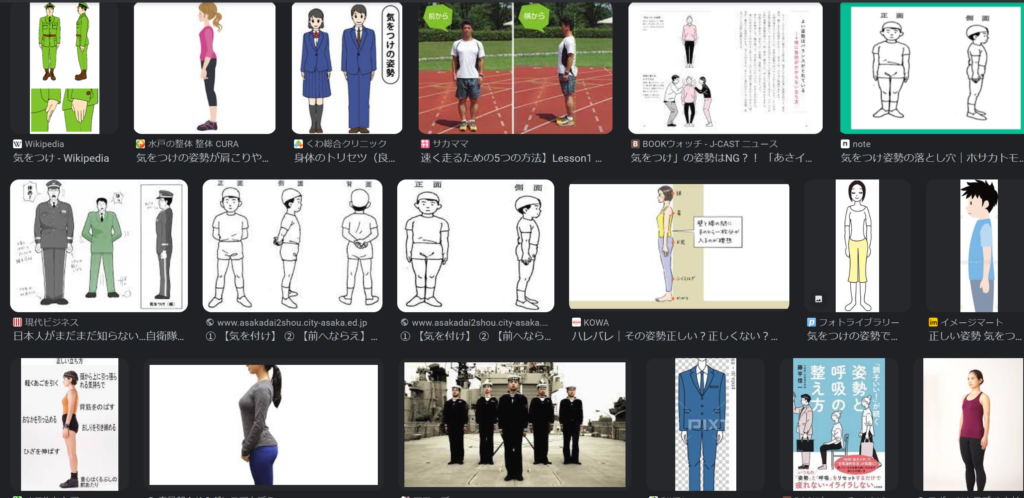Edo era gunner (artillerist) Takashima Shūhan (1798–1866) learned the Dutch language and Western-style gunnery through the Dutch stationed at Dejima, Nagasaki. Abe Masahiro, chief senior councilor during the final years of the Tokugawa shogunate, praised Takashima as the “Founder of Western-style Military who restored the Artillery Technique.”
At that time, the Dutch taught Western-style gunnery to Takashima on the condition that “military terms must always be Dutch,” which Takashima strictly adhered to. Later, driven by the ideology of “Expel the barbarians!,” the bakufu (shogunate government) and influential feudal clans enforced Japanese translations of the Dutch commands that had been used by Takashima. While gradually changing their shape, these Japanese translations later became popular commands in the military and schools of the Japanese Empire.
A major example of this terminology is ki o tsuke, which originates in the Dutch “Geeft acht!” (EN At attention! DE Stillgestanden!). From there, in the early modern period of Japan (Meiji Restoration until the end of World War II), ki o tsuke developed to a universally used command and posture which, besides the military, was incorporated into education and traditional practices of the general public, such as in marching bands, cheering groups, Boy Scouts, and Japanese school education.
In Okinawa, it became a landmark of karate via school education as well, from the adoption of military-style gymnastics (heishiki taisō) in Okinawan schools in the 1880s, to its transformation into karate gymnastics (karate taisō) in the 1890s, and to karate as PE subject in 1905, and it is still on of the most characteristic stances seen in karate and kobudō in Okinawa and anywhere else.
Others terms translated from Dutch are yasume (NL Rust! EN Stand at Ease! DE Rührt euch!), susume (NL Mars! EN March! DE Vorwärts Marsch!), tomare (NL Stop! EN Stop! DE Halt!), mae e narae (NL Peloton! EN Line up! DE In Reihe – antreten!), kashira migi (NL Hoofd Rechts! EN Eyes right! DE Augen – rechts!), migi muke migi (NL Rechts om! EN Right, face! DE Rechts um!), neare (NL Set! EN Aim! DE Legt an!), ute (NL Vuur! EN Shoot! DE Feuer!), sasage tsutsu (NL Presenteerd het geweer! EN Present arms! DE Präsentiert das Gewehr!).
(Note: Abbreviations NL, EN, and DE represent abbreviations according to ISO 639 language codes, set 1)
With Okinawa being the cradle of karate, it can be seen that it was shaped by external factors already long ago, and actually earlier than most people would guess.
© 2024, Andreas Quast. All rights reserved.

